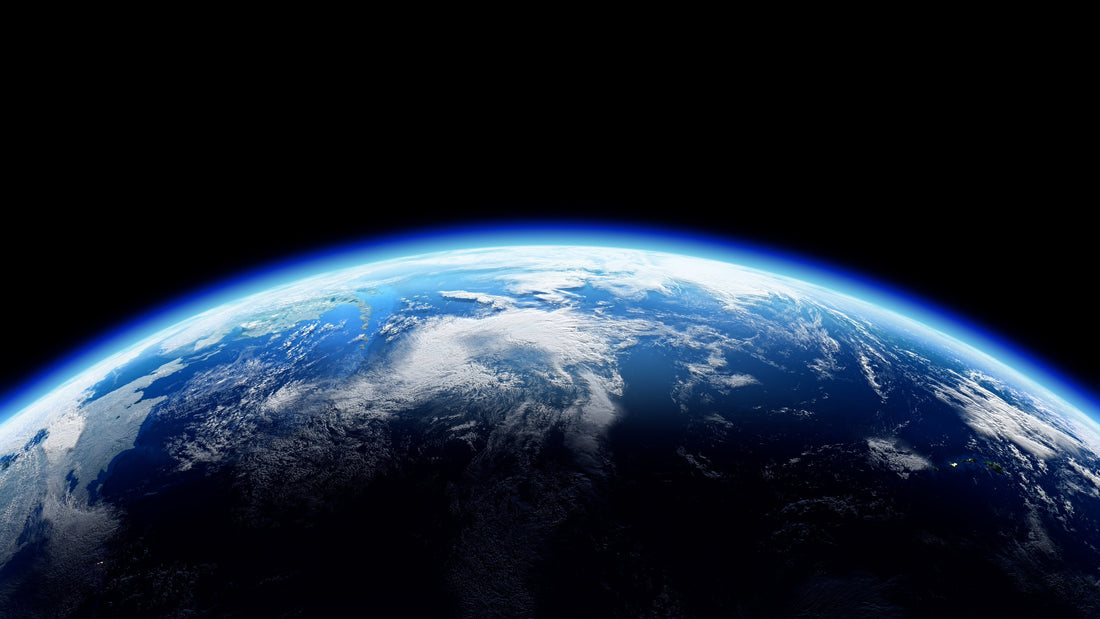Climate change is a pressing issue that is affecting ecosystems and species worldwide, including honey bees. Here is a blog discussing the current climate changes and their impact on honey bees:
The Impact of Climate Change on Honey Bees
Climate change is a global phenomenon that is altering weather patterns, temperatures, and ecosystems around the world. These changes have a profound impact on various species, including the vital pollinators, honey bees. As temperatures rise and weather patterns become more unpredictable, honey bees face numerous challenges that threaten their populations and the essential services they provide to our environment.
1. Altered Flowering Patterns: Climate change is causing shifts in the timing and duration of flowering seasons for many plants. This change can disrupt the synchrony between plants and pollinators, including honey bees, leading to mismatches in food availability. As a result, honey bees may struggle to find enough nectar and pollen to sustain their colonies.
2. Extreme Weather Events: The increasing frequency and intensity of extreme weather events, such as storms, droughts, and heatwaves, can have devastating effects on honey bee colonies. Extreme weather can destroy bee habitats, disrupt foraging patterns, and weaken bee populations, making them more vulnerable to diseases and predators.
3. Habitat Loss: Climate change is causing shifts in vegetation and habitats, leading to the loss of suitable foraging areas for honey bees. Urbanization, deforestation, and agricultural intensification further contribute to habitat loss, making it challenging for honey bees to find diverse and nutritious food sources.
4. Pesticide Use: Climate change can exacerbate the impact of pesticides on honey bees. Pesticides used in agriculture can become more potent in warmer temperatures, posing a greater risk to bee health. Exposure to pesticides can weaken honey bee immune systems, disrupt their foraging behavior, and contribute to colony collapse disorder.
5. Spread of Pests and Diseases: Warmer temperatures and changing climatic conditions create favorable environments for pests and diseases that can harm honey bee colonies. Varroa mites, nosema, and other pathogens thrive in warmer climates, increasing the risk of infestations and outbreaks that can devastate bee populations.
6. Pollination Challenges: As climate change alters plant ecosystems and reduces floral diversity, honey bees may face challenges in pollinating certain plant species. This can have cascading effects on plant reproduction, biodiversity, and ecosystem stability, impacting not only honey bees but the entire ecosystem.
In conclusion, climate change poses a significant threat to honey bee populations and the crucial ecosystem services they provide. As stewards of the environment, it is essential for us to take action to mitigate climate change, protect bee habitats, promote sustainable agriculture practices, and support bee-friendly initiatives to ensure the survival of honey bees and the health of our ecosystems.
Together, we can work towards creating a more resilient and sustainable future for honey bees and all living beings on our planet.
